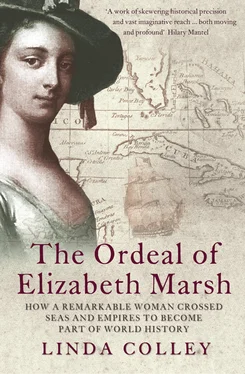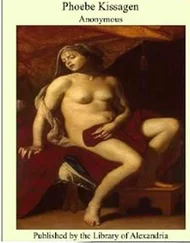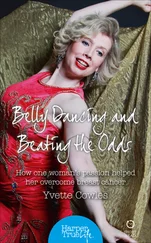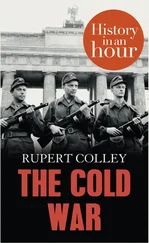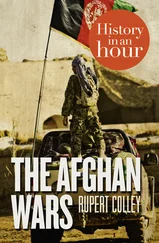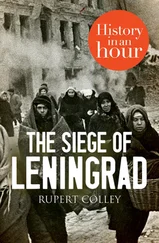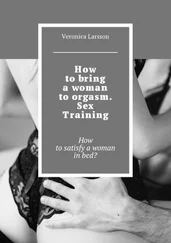Nonetheless, this kind of socializing rested on more than sex, money and loneliness. Visiting sailors and blacks tended to come together on this and other Caribbean islands because they shared a consciousness of difference. If blacks and mulattos were divided from Creole settlers by their skin colour, culture of origin, belief systems and, usually, their un-freedom, sailors too were a people apart, ‘a generation differing from all the world’. 30 Tanned, often with long pigtails and amateurish ‘tattoos’ made with ink or gunpowder, markedly agile, and frequently mutilated in some way, sailors looked very different from men who spent all their lives on land. They walked, moved and dressed differently. They possessed, like Jamaica’s black population, their own distinct vocabularies, songs and magical beliefs; and crucially they were transients, men who had left home, family and country, or been torn away from them by press gangs. That they should sometimes have gravitated towards men and women who had also been snatched, even more brutally, from their homelands, was scarcely surprising. In Kingston parish, where Milbourne Marsh married Elizabeth Evans in December 1734, two graveyards ‘to the westward and leeward of the town’ were reserved for ‘free people of colour’ on the one hand, and for ‘soldiers, seamen, and transient people of every description’ on the other. 31 Even in death, mariners, mulattos and blacks might be set apart from everyone else, and placed together.
They also came together at sea. Rather like Jamaica itself, the Royal Navy was at once violent, dangerous, cosmopolitan and innovating: ‘a new kind of power, which must change the face of the globe’. 32 Some of the most complex and expensive machines of their age, the navy’s ships were relatively tolerant and – to a controlled degree – even meritocratic spaces. The skills involved in maintaining and sailing these vessels were so specialized, and in such high demand, that possessing them could sometimes trump a man’s skin colour, just as it often trumped social class. 33 Like most navy men, Milbourne Marsh was accustomed to working alongside sailors who were free blacks. Such men enjoyed the same rights and earned the same wages as their white counterparts. In the Caribbean, the navy also employed black slave seamen, who did the same job as equivalent whites and free blacks, and worked and lived alongside them, but whose wages were paid to their owners. This was the case with a close comrade of Milbourne’s, John Cudjoe. He worked as one of the two servants allowed Milbourne in his capacity as ship’s carpenter: ‘servant’ in this context meaning an apprentice under training. Both servants earned the same wage, just under £ 14 per annum on top of their keep, but in Cudjoe’s case the money went to his owner, a Jamaican settler. Both men shared quarters with Milbourne and worked with him on a daily basis; and when the latter moved from the Deal Castle to the Rupert in August 1733, John Cudjoe went with him. 34
So while, in his choice of a wife, Milbourne Marsh was evidently willing to profit from slave-ownership, he also took daily, comradely contact across racial lines for granted. Whether he also knowingly crossed racial lines in marrying Elizabeth Evans, and whether this contributed to the Marsh family’s subsequent documentary reticence about this woman, will probably never be known. Biography, it has been said, is like a net that catches and brings to the surface an individual life. But a net is only a set of holes tied together by string, so some things slip through. There are always life-parts, and body-parts, that get lost, and the birth identity of Elizabeth Marsh’s mother is one of these. 35 As far as she herself is concerned, attempting to establish her precise ethnic origins may be more than usually inappropriate. In 1733, Jamaica’s governing assembly passed a law stipulating that ‘no one shall be deemed a mulatto after the third generation … but … shall have all the privileges and immunities of His Majesty’s white subjects of this island provided they are brought up in the Christian religion’, a belated recognition of the extent of miscegenation, and of its muddled human consequences. 36
So, even if she was mixed race in terms of her origins, the one-time Elizabeth Bouchier may have seen herself, even before her two marriages, as a person undergoing change and flux, beyond easy categorization. ‘The fiction of the census’, Benedict Anderson has written of present-day attempts to fix a person’s identity, ‘is that everyone is in it, and that everyone has one – and only one – extremely clear place. No fractions.’ 37 Elizabeth Marsh, brand-new wife of Milbourne Marsh, may have been a person of fractions. For a variety of reasons, her daughter, another Elizabeth Marsh, also seems at times to have viewed herself in these terms; and in her case, the fact that one of these fractions may have been linked in some manner with slavery will need at intervals to be borne in mind.
In 1735, Milbourne Marsh, his new bride and their unborn child had first to survive. Jamaica’s parish registers suggest that a quarter to a third of white children born on the island at this time perished before their first birthday. James and Elizabeth Evans appear themselves to have buried a child in Port Royal in 1730, a daughter who can have been at most barely one year old. But Jamaican parish documents severely understated the volume of infant mortality. Vicars charged money to register baptisms, and parents often held off from making the monetary and emotional investment until a child had survived for several months. Many died earlier than this, and were buried unchristened and unrecorded. Among the children of black slaves, death in the early weeks and months of life was common, and on some plantations may have been the norm. Even if a child survived until its third decade, it was unlikely that both parents would see it do so. Jamaican marriages lasted on average less than nine years before being broken by the death of one or both partners. For a child to reach full maturity, and for its mother and father still to be around to witness this, was exceptional even among the very wealthy. 38 What prospects then – for all his newly acquired property – could there be for Milbourne Marsh, a working sailor at risk from the sea as well as from Jamaica? And what prospects could there be for his new wife, Elizabeth, who had already lost a child?
Their private fears of death, which determined so much on Jamaica, were sharpened by mounting racial unrest. Running away and forming armed communities in the island’s rugged mountains was one of the oldest forms of slave resistance. By the early 1730s, these maroons – as the runaways were termed – had become so numerous, and sufficiently organized, for its continuance as a colony to seem at risk. Jamaica was some thousand miles distant from Britain’s other Caribbean islands, but dangerously close to Spanish Cuba and French St Domingue. This was one reason why the Kingston and the Rupert , and by 1735 nineteen other Royal Navy warships, were patrolling the Caribbean. But the navy exercised limited power over Jamaica’s interior, and – as was nearly always the case – the number of British soldiers available was painfully small. The island’s governing assembly and plantocracy had therefore dual reasons for alarm. ‘The terror of them spreads itself every where,’ Jamaica’s Governor, Council and Assembly reported to London of the maroons in February 1734. Their military successes had exerted ‘such influence on our other slaves, that they are continually deserting’. ‘Hopes of freedom’ were even shaking ‘the fidelity of our most trusty slaves’. 39 If this level of slave flight were to persist, and if slave anger mutated into large-scale violent resistance, the sugar industry might falter and white settlers might be tempted to abandon the island. In that event, the French or the Spanish, or both, might invade.
Читать дальше
